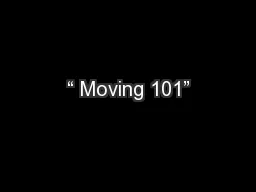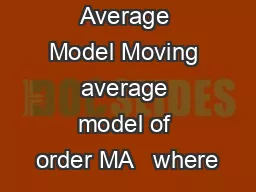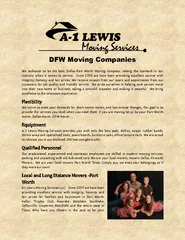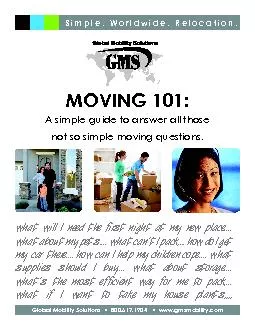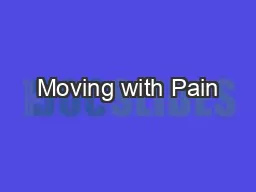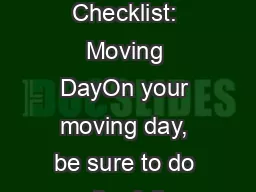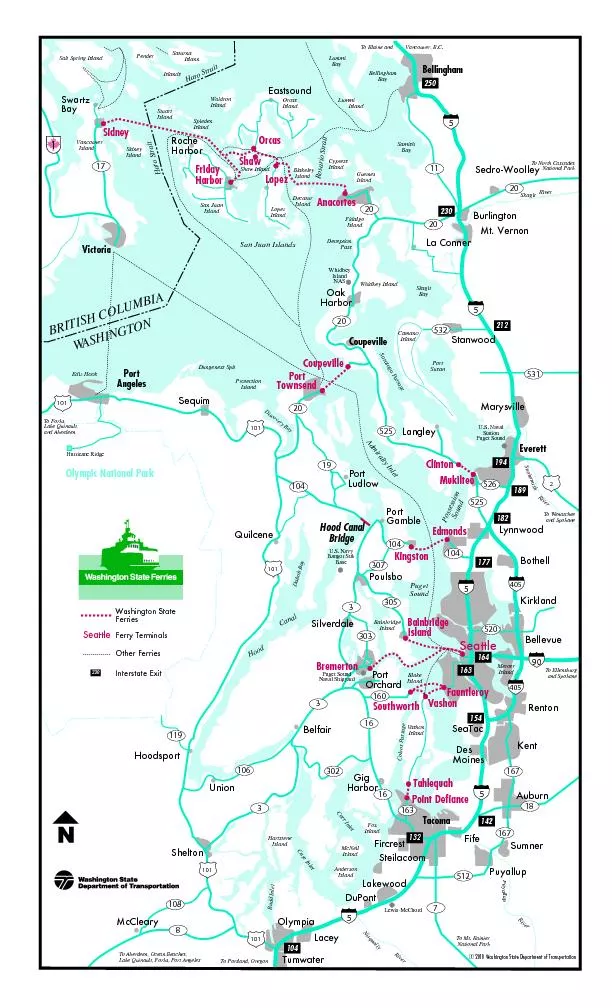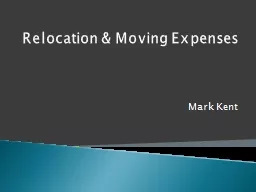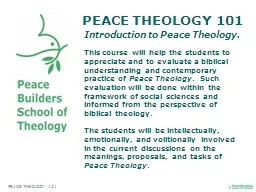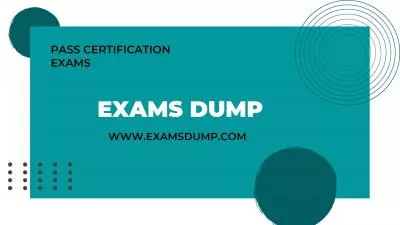PPT-“ Moving 101”
Author : jane-oiler | Published Date : 2018-01-15
A MacrotoMicro View of the Van Line Industry Thursday May 25th 2017 Presented by Mark Colo CRP REB VP of Sales Chipman Relocation amp Logistics Macro View
Presentation Embed Code
Download Presentation
Download Presentation The PPT/PDF document "“ Moving 101”" is the property of its rightful owner. Permission is granted to download and print the materials on this website for personal, non-commercial use only, and to display it on your personal computer provided you do not modify the materials and that you retain all copyright notices contained in the materials. By downloading content from our website, you accept the terms of this agreement.
“ Moving 101”: Transcript
Download Rules Of Document
"“ Moving 101”"The content belongs to its owner. You may download and print it for personal use, without modification, and keep all copyright notices. By downloading, you agree to these terms.
Related Documents

